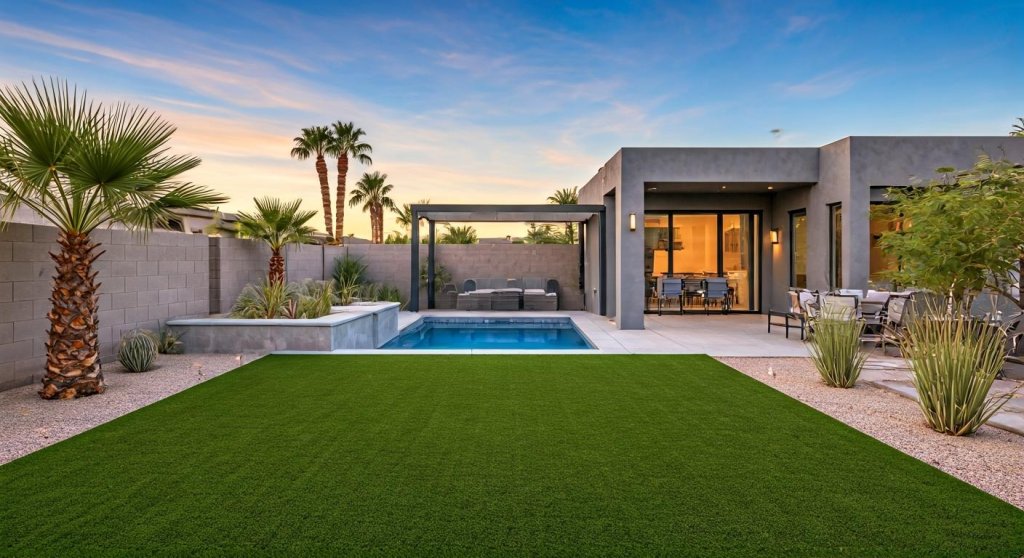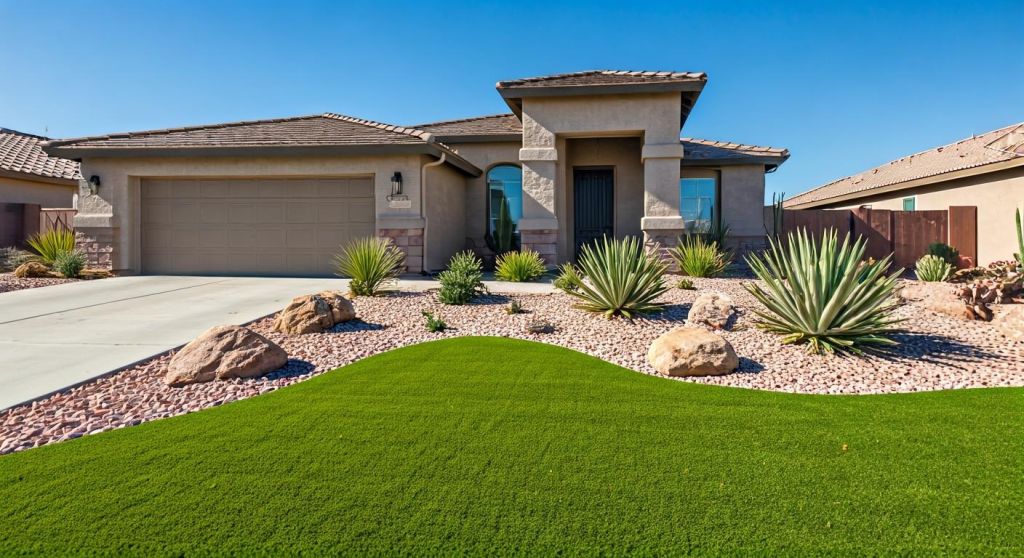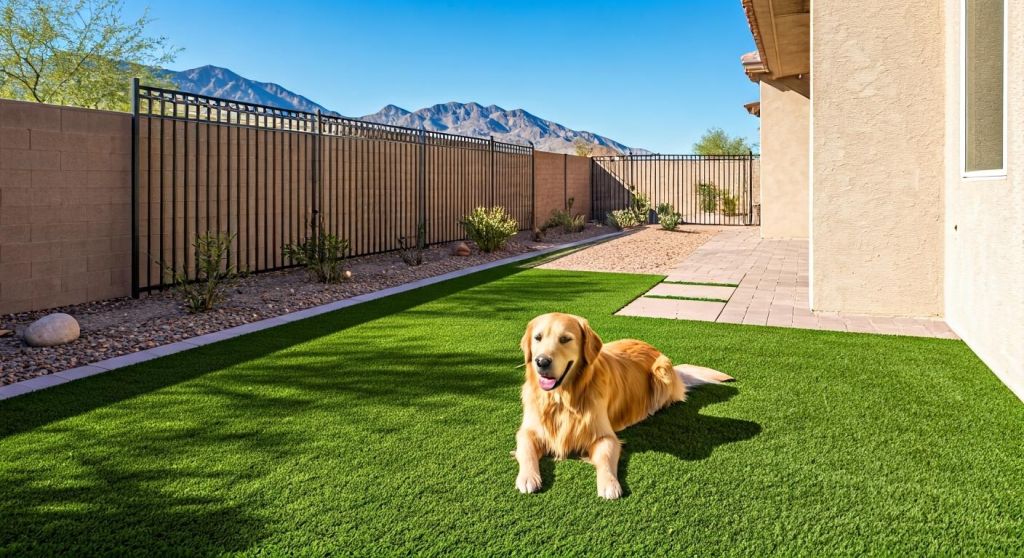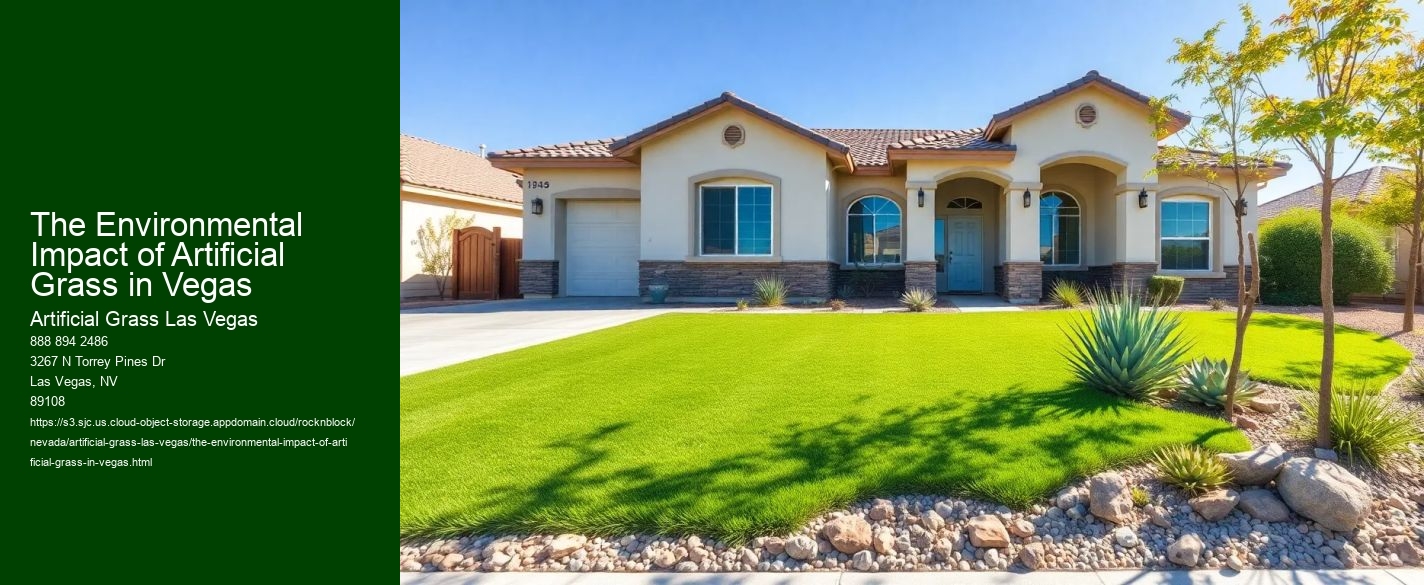Water Conservation Benefits
Sure thing! Quality Artificial Grass in Las Vegas Nevada. Heres a short essay that meets your criteria:
Water conservation benefits are a big plus when it comes to artificial grass in Vegas! You see, unlike real grass, synthetic turf doesnt need to be watered regularly. This is huge because Vegas is known for its dry climate and limited water resources. So, by switching to fake grass, homeowners and businesses can save a ton of water, which is definitely not something we should overlook in this desert city.
Las Vegas Artificial Grass Year Round Green
Now, imagine all the hoses, sprinklers, and watering systems that could be turned off if everyone in Vegas went with artificial turf. Think about the millions of gallons of water that could be saved each year just by making this change! Not only does this help preserve our natural water supplies, but it also means less strain on the local infrastructure, which isn't built to handle excessive water usage.
Of course, some folks might say that artificial grass isn't as green or doesn't look as nice as real grass. But hey, the environmental impact of conserving water is way more significant than aesthetics, especially when we're talking about a place where water is a precious resource. Plus, advancements in technology have made synthetic turf look so lifelike these days that you'd hardly know the difference!

So, while it might seem like a small choice, opting for artificial grass instead of real grass can make a huge difference in terms of water conservation. And that's not something to negate!
Reduction in Chemical Usage
Okay, so, artificial grass in Vegas, right? Folks often talk bout water conservation, which is a big deal, no doubt. But yknow, theres another angle that often doesnt get a whole lotta attention – the reduction in chemical usage.
Think about it. Real grass, especially in this desert climate, it isnt exactly low maintenance. Were talkin fertilizers to keep it green, pesticides to fight off bugs (ugh, those desert critters!), and herbicides to, like, prevent weeds from taking over. All of those chemicals, well, they aint great for the environment, are they? They can leach into the ground water, pollute the soil, and even affect the air quality, especially when its crazy hot.

Artificial grass, though, it eliminates (or at least drastically reduces) the need for all that stuff! You dont gotta be fertilizing it, you dont gotta be sprayin it with poison, and you certainly dont have to worry about weed killers. I mean, sure, you might need to occasionally give it a scrub, but thats nothin compared to the constant barrage of chemicals natural lawns require.
So, yeah, while water conservation is a super important benefit, lets not forget the significant environmental perk of less chemicals goin into our ecosystem. Its definitely somethin to consider when weighin the pros and cons!
The Environmental Impact of Artificial Grass in Vegas - Turf Replacement Las Vegas
- Las Vegas Turf For High Traffic Areas
- Las Vegas Playground Surface With Turf
- Las Vegas Uv Protected Turf

Energy Efficiency Gains
Artificial grass has become quite popular in Las Vegas, and it's not just because it looks good. One of the most significant benefits that people often overlook is the energy efficiency gains associated with it. Now, you might be thinking, “How can fake grass be energy efficient?” Well, let me explain!
First off, maintaining a natural lawn in the desert can be a real headache. It requires tons of water, which isn't exactly abundant in Vegas. When you're constantly watering and mowing your lawn, you're using energy-whether it's from your irrigation system or the gas for your mower. However, artificial grass doesn't need any of that! It requires very little upkeep, which means less energy is used overall. Isn't that amazing?
Moreover, artificial turf helps in reducing the heat island effect. Traditional grass absorbs sunlight and can heat up, but synthetic grass tends to stay cooler. This means that on hot days, the surrounding area doesn't heat up as much, which can lead to lower energy consumption for air conditioning in nearby buildings. Who wouldn't want to save a bit on their electric bill, right?
Now, some folks argue that manufacturing artificial grass can have its own environmental impacts. And sure, there's some truth to that. But when you weigh the long-term energy savings against the initial costs of production, it's clear that the gains in energy efficiency can outweigh the negatives. Not to mention, once its installed, you won't have to deal with all the resources usually tied to keeping up a traditional lawn.
In conclusion, while there are many factors to consider when discussing the environmental impact of artificial grass, the energy efficiency gains can't be ignored. It's not just about having a pretty yard; it's about making smart choices for our planet and our wallets! So, if you're in Vegas and contemplating whether to go artificial, think about the bigger picture. You might just find that it's a win-win situation!
Impact on Wildlife and Ecosystems
The environmental impact of artificial grass in Vegas is a topic that deserves some attention, especially when we think about wildlife and ecosystems. Its easy to assume that replacing natural grass with synthetic alternatives is a good idea, but it's not all sunshine and rainbows!
First off, artificial grass doesn't provide the same habitat for local wildlife. Birds, insects, and even small mammals rely on natural grass for food and shelter. When we cover vast areas with plastic grass, we're essentially saying “no” to these creatures. They can't find the insects they need to eat, and they lose places to nest. It's a pretty sad situation when you think about it.
Moreover, this synthetic turf can get really hot under the scorching Vegas sun. I mean, who wants to walk on a surface that feels like a frying pan? Not only is it uncomfortable for people, but it can also deter animals. Fake Grass Installation Las Vegas Many species tend to avoid hot surfaces, which means they might just leave the area altogether. This shift can disrupt the local ecosystem, leading to a decline in biodiversity.
Then there's the issue of drainage. Natural grass absorbs rainwater and helps prevent runoff, which is crucial for maintaining soil health. Artificial grass, on the other hand, can lead to increased runoff and erosion. That can cause problems for nearby plants and animals that depend on a stable environment. Its a cycle thats hard to break once it starts!
In conclusion, while artificial grass might seem like a solution for water conservation in a desert city like Vegas, it's important to consider its impact on wildlife and ecosystems. We shouldn't overlook the importance of maintaining natural habitats for the creatures that call this area home. After all, a healthy ecosystem benefits everyone, including us humans!







